What are the main MySQL commands?
To make the most of the features of this database, it is important to know the main MySQL commands and operations. In this article, we will explore the main MySQL commands, from managing databases and tables, to creating and managing users and permissions. So, by the end of this article, we will learn MySQL using the basic commands and will […]
Advanced MySQL Commands
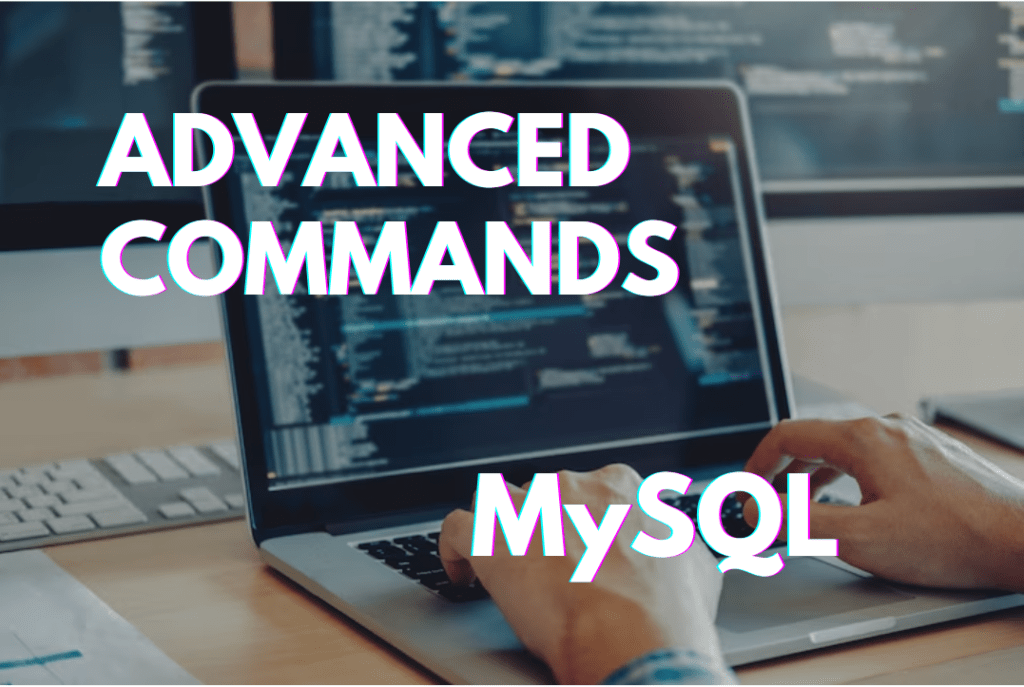
MySQL is one of the main databases used in web and desktop applications. It is known for its ease of use and its ability to manage large amounts of data. However, many users do not take advantage of MySQL’s full potential due to a lack of knowledge about its advanced commands. In this article, we will explore […]
Oracle and MySQL: What are the main differences?

Oracle and MySQL are two of the main relational databases used in business and information systems. In this sense, both offer advanced features for data management and support for business applications, but they have significant differences in terms of history, features, performance, security, support and cost. In this article, we will explore the main differences between […]
PostgreSQL and MySQL: What’s the difference?
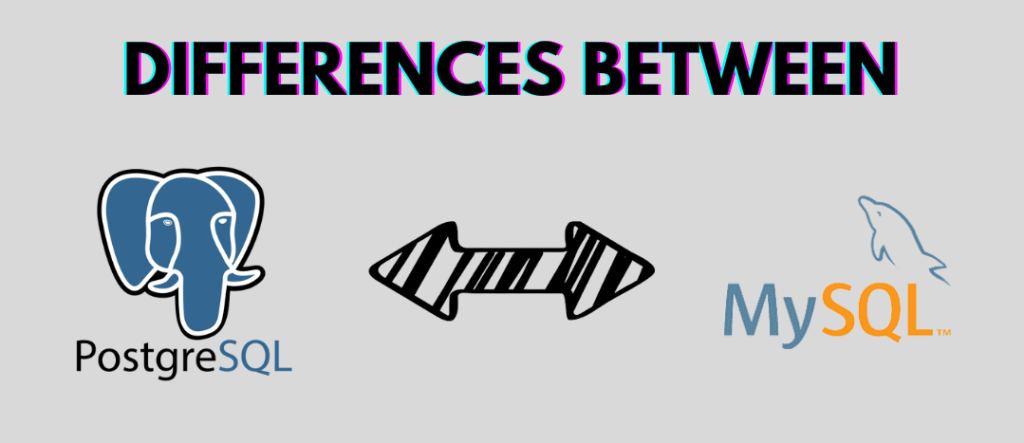
PostgreSQL and MySQL are two of the most popular and widely used database management tools on the market. Both systems have advanced features and powerful functionality, but they also have significant differences in their architecture, performance and capabilities. In this article, we will compare and analyze the differences between PostgreSQL and MySQL. Better understanding the characteristics of each […]
What is SQL?
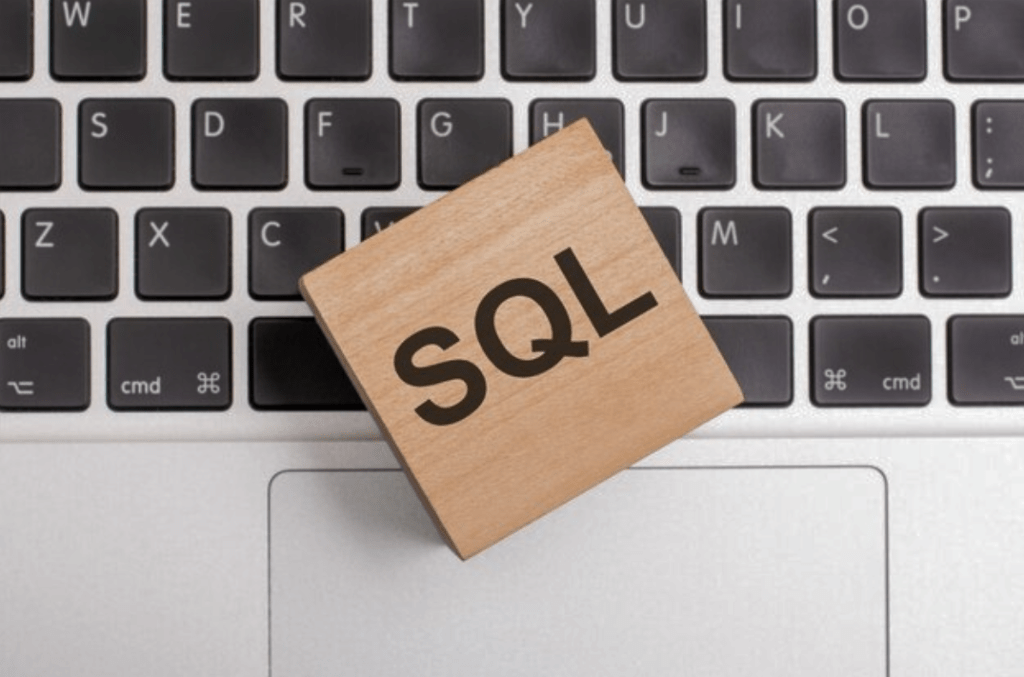
SQL (Structured Query Language) is a programming language standard used to manage relational databases. Therefore, it is important to understand what SQL is, as it is widely used in managed data, management and data analysis systems in companies around the world. In this article, we will discuss the basic concepts of SQL, including its structure and syntax. Additionally, […]
ORDER BY SQL: Techniques and Practical Applications
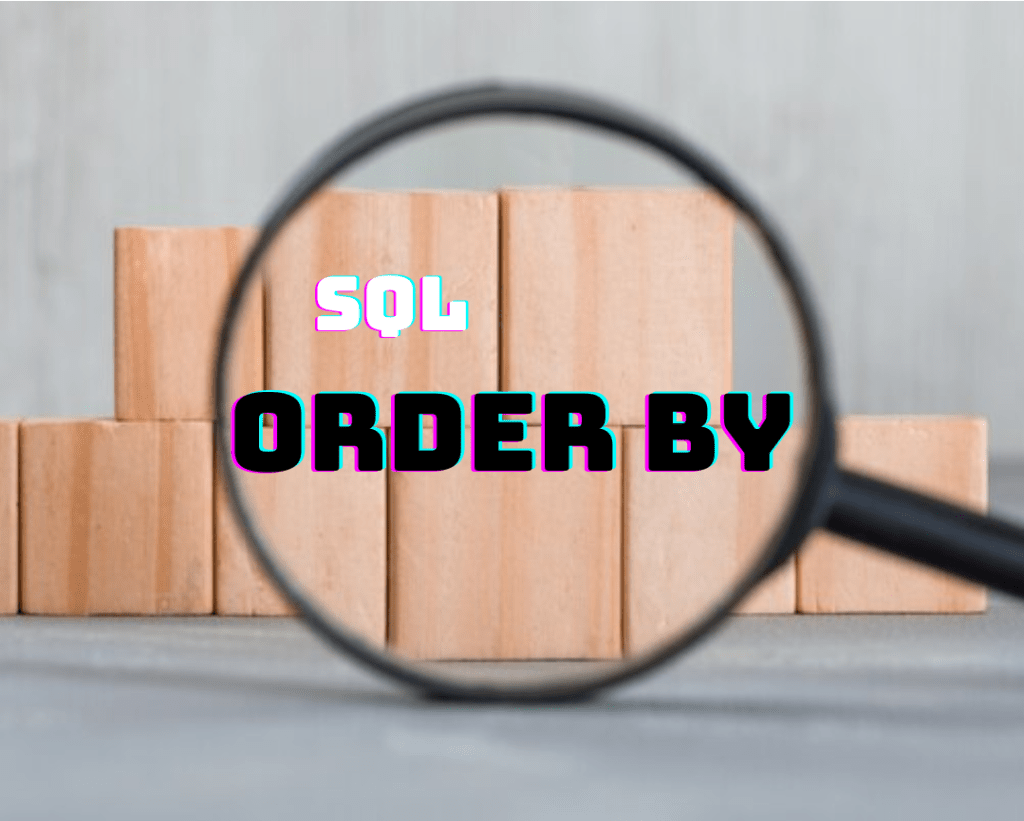
The ORDER BY statement is one of the most powerful tools available in SQL for filtering and sorting data in a database. This way, you can select specific columns, sort the results in ascending or descending order, and even sort results into groups. Thus, the ORDER BY statement is essential for anyone working with data in a database and […]
PL SQL: A Complete Guide

SQL (Structured Query Language) is widely used in managing and manipulating data in database systems. However, in situations where it is necessary to carry out more complex tasks. Such as, for example, large-scale data manipulation, generation of personalized reports. Or integration with external applications, the SQL language may prove to be limited. In this case, it is common […]
What are MySQL data types?
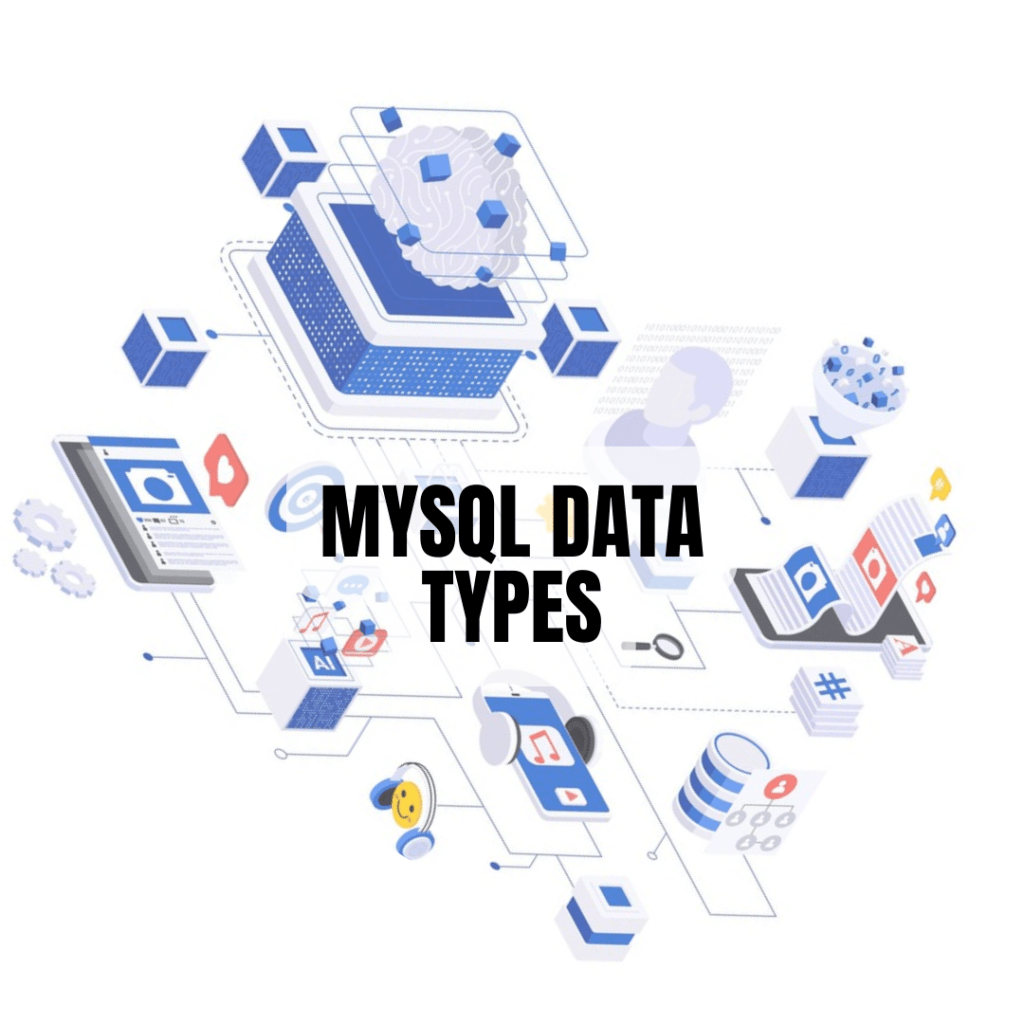
MySQL, one of the leading relational database management systems, offers a variety of data types so that developers can store data of different types and formats. Data management is fundamental to any information system, and one of the most important aspects of data management is choosing the appropriate data type for each value stored in the database. Additionally, […]
DELETE INTO SQL: Deleting and adding data

DELETE INTO in SQL is a clause that allows you to delete records from a table. At the same time, it allows you to insert new records into another table . This clause is very useful for performing data cleaning operations or for creating new tables from existing data. When deleting records from a table, DELETE INTO ensures that […]
CASE WHEN SQL: What is it and how to use it?

CASE WHEN is one of the most powerful and versatile functions in SQL, allowing you to perform advanced operations on your data tables. This way, it is possible to perform selection, update, insertion and classification operations according to specific rules defined by the user. However, many people still don’t quite understand how CASE WHEN works or how to […]
GROUP BY SQL: how to group and analyze data in SQL

GROUP BY SQL is an essential technique in SQL that allows you to efficiently group and analyze data . The main motivation behind GROUP SQL is to simplify the analysis of large data sets, allowing users to extract meaningful information and create reports based on specific criteria. Therefore, we use GROUP BY to group records with similar information . Combining with other […]
COUNT SQL: how to count records in SQL

The COUNT command allows you to count the number of records that satisfy a specific condition in a search. COUNT SQL is widely used in various contexts. From sales and stock analyzing to the evaluation of systems and processes. In this article, we will explore COUNT, addressing its forms of use. Also, characteristics and applications in different sectors and […]
Join SQL: How to use it?

In the world of databases, the “JOIN” command is one of the most powerful tools used in SQL (Structured Query Language) to interact with the data stored in these databases. Therefore, we use JOIN to combine information from related tables, allowing users to get answers to complex, detailed questions based on multiple columns and rows of data . […]
Update SQL: how to update data in SQL

Update in SQL is an operation that modifies existing information in database tables . This allows you to update, create or delete records according to usage needs , ensuring the timeliness and reliability of the data. In this article, we will explore the basic concepts of Update and present its syntax for different uses. In addition, we will discuss the types […]
Compare Strings In Bash
When working with strings in Bash, it is often necessary to compare them in order to execute commands based on their values. In Bash, as in other programming languages, string comparisons are done with the if conditionals and comparison operators. In this article, we’ll cover how these operators are used to compare strings, giving examples […]
Linux Reboot Command: 8 easy methods
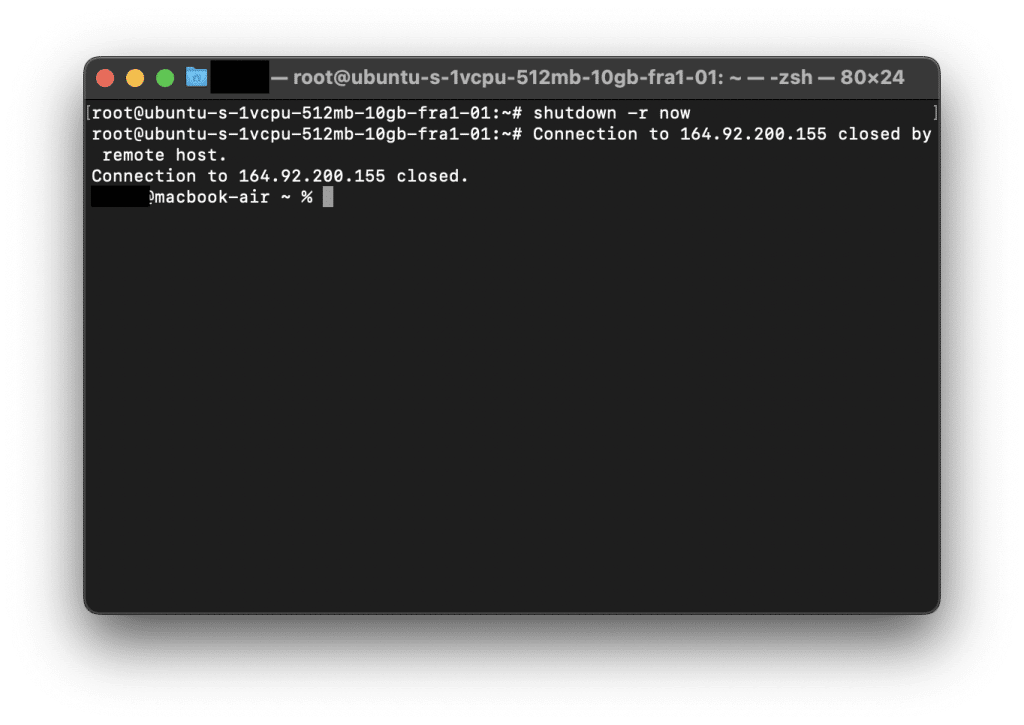
Rebooting a Linux system might seem straightforward, but there are several ways to do it depending on your needs and the system’s condition. Whether you’re a new Linux user or an experienced sysadmin, knowing multiple Linux reboot commands can be useful, especially in troubleshooting or maintenance situations. From standard commands to emergency alternatives, Linux offers […]
Bash commenting: 3 ways to use comments
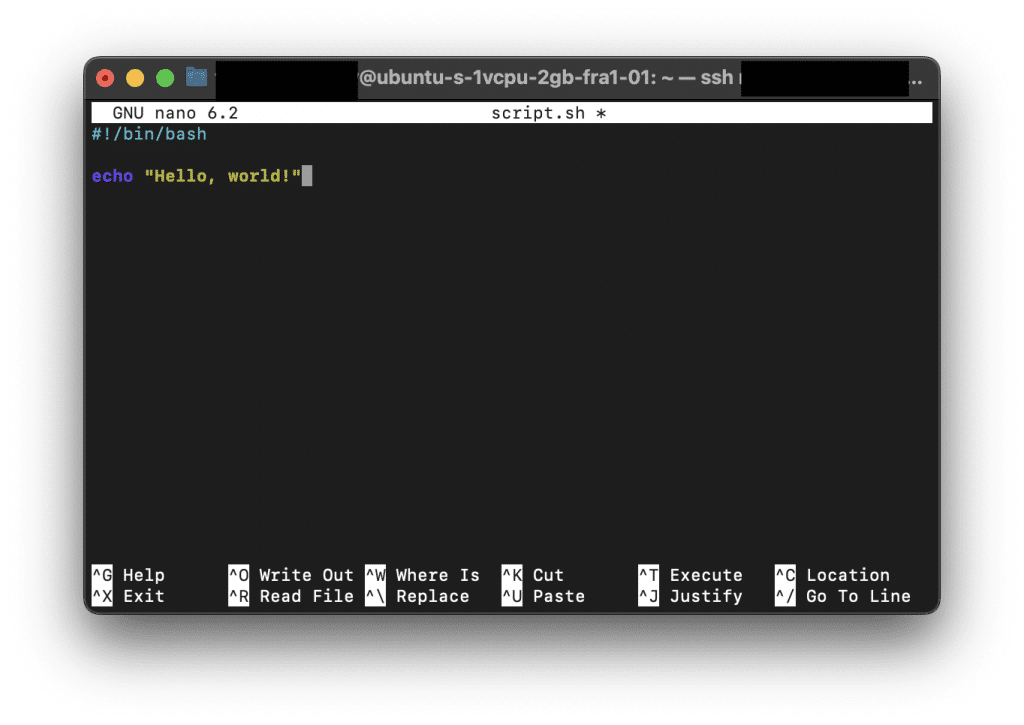
Bash commenting is an important aspect while developing software, as comments provide information and explanations about scripts. These explanations and information not only enable the coder to easily understand their own commands in the future, but also inform other developers about the code. So, in this article, we will explore the use of comments in […]
NGINX 500 internal server error: 9 ways to fix
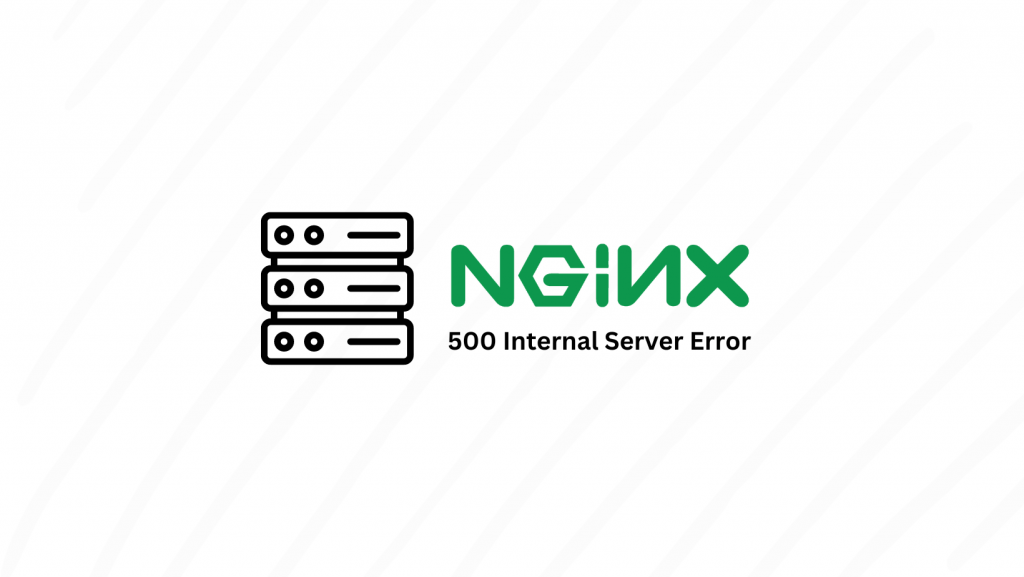
When running a web server powered by NGINX, you may encounter some errors. One such error is “NGINX 500 Internal Server Error”. This error indicates that something went wrong on the server side, preventing it from processing requests. This error can be a headache for developers, especially in the production environment, as they break the […]
rm -rf Linux: How To Remove Files

The rm -rf linux command is a useful but potentially somewhat dangerous command for deleting files and directories while working on the filesystem on linux. To break it down, the rm part is the root of the command and stands for “remove”, while the -rf part is an option of it. In addition to the […]
How To Install Nano on Linux in 1 minute

Nano is an easy-to-use text editor designed for the command line environment for Linux systems. Compared to alternatives such as Vi or Emacs, it is a beginner-friendly text editor. Nano comes pre-installed on many Linux distributions. However, if your system don’t have it, this article will guide you through the process of installing Nano on […]